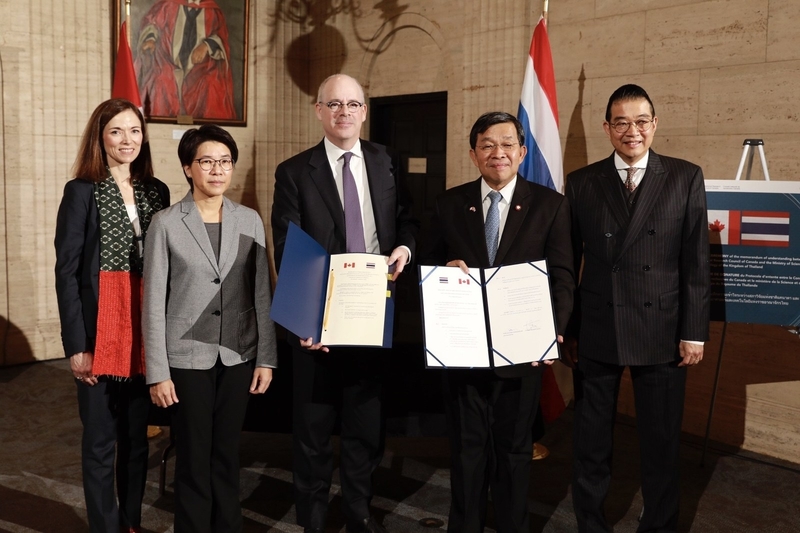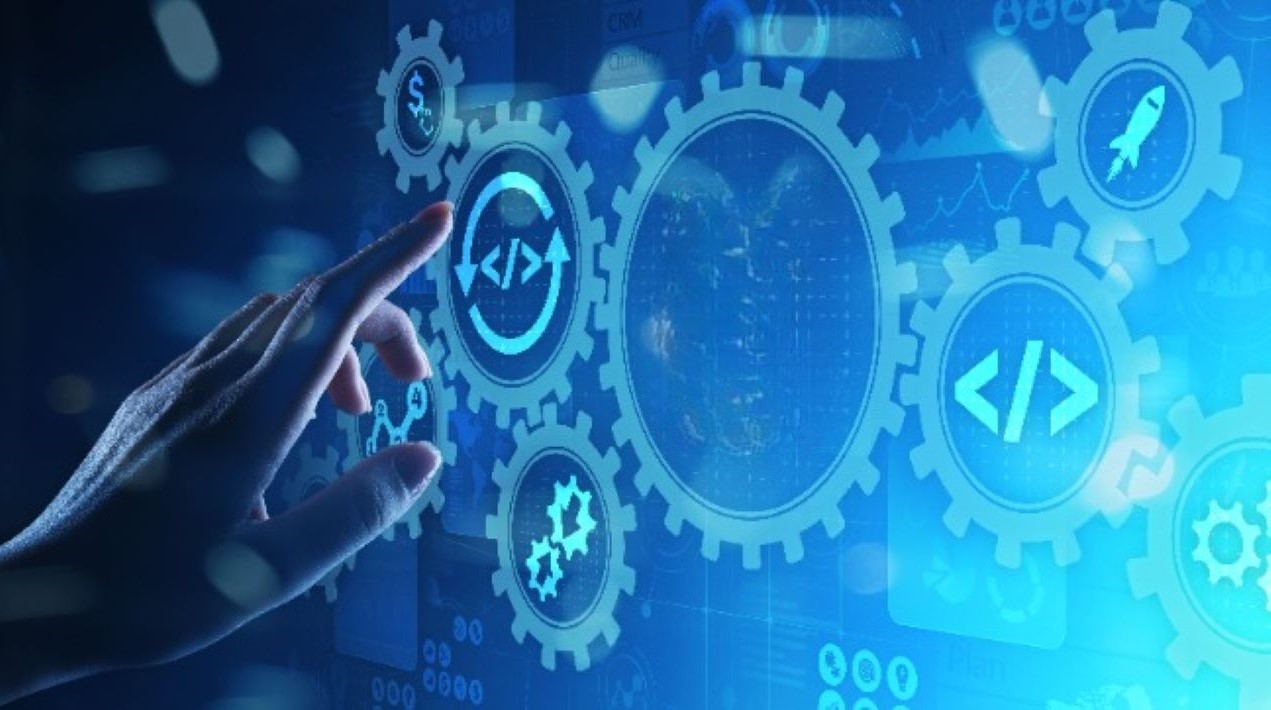
According to a recent report, The NRC and the Ministry of Science and Technology of Thailand are working together to advance research collaborations in food innovation and smart and efficient farming.
The Canadian council noted that it is committed to supporting women in research careers and providing opportunities through international collaborations.
Recently, Permanent Secretary of Science and Technology of Thailand and the NRC President signed a Memorandum of Understanding to promote scientific research collaboration between the two countries.
The partnership will facilitate connections and business opportunities for companies in the food sector, and in the Protein Industries Supercluster with Thailand and other Southeast Asian economies.
Following the official signing, the NRC hosted the Women in Engineering and Science Symposium. Speakers included former students from Thailand who worked at the NRC as part of its Women in Engineering and Science training program. Several Thai students built decades-long careers in Thailand and Canada with organizations including major universities in Thailand, the NRC, Employment and Social Development Canada, and McGill University.
Two former students remained at the NRC, where they contributed toward science and technology development by applying the technical knowledge and expertise built at the NRC.
According to the report, from 1996 to 2004, the National Research Council of Canada hosted 20 Thai women under its Women in Engineering and Science program. Former participants spoke at the Women in Science Symposium to share career highlights and the positive impact the program had on their careers.
The majority of former participants in the Women in Engineering and Science program built careers in science and engineering, including roles in Canada within the NRC, Employment and Social Development Canada, BIOTEC, and McGill University, and in Thailand with Thammasat and Mae Fa Luang Universities.
A key pillar of the Ministry of Science and Technology of Thailand‘s policy and economic model (Thailand 4.0) is to make Thailand a food innovation hub through engagement in agriculture and biotechnology research.
Vice President, Life Sciences, National Research Council of Canada noted that the Memorandum of Understanding is important because Canada is continuously looking for opportunities to be connected internationally with innovative partners. The VP noted that by creating knowledge through research collaboration with international partners and government departments, the delivery of novel products and services is accelerated. It was also noted that the NRC also focuses on providing its industry clients and collaborators with access to global partners who can grow and contribute to theirs, and Canada’s, success.
The Vice-President, Emerging Technologies, and Champion for Women in Science, National Research Council of Canada noted that the former Women in Science and Engineering program allowed Thai students to build a solid foundation at the National Research Council of Canada on their path to becoming accredited scientists and engineers.
Thus, the participation benefited not only their personal development but the organizations where they chose to build their careers.


















